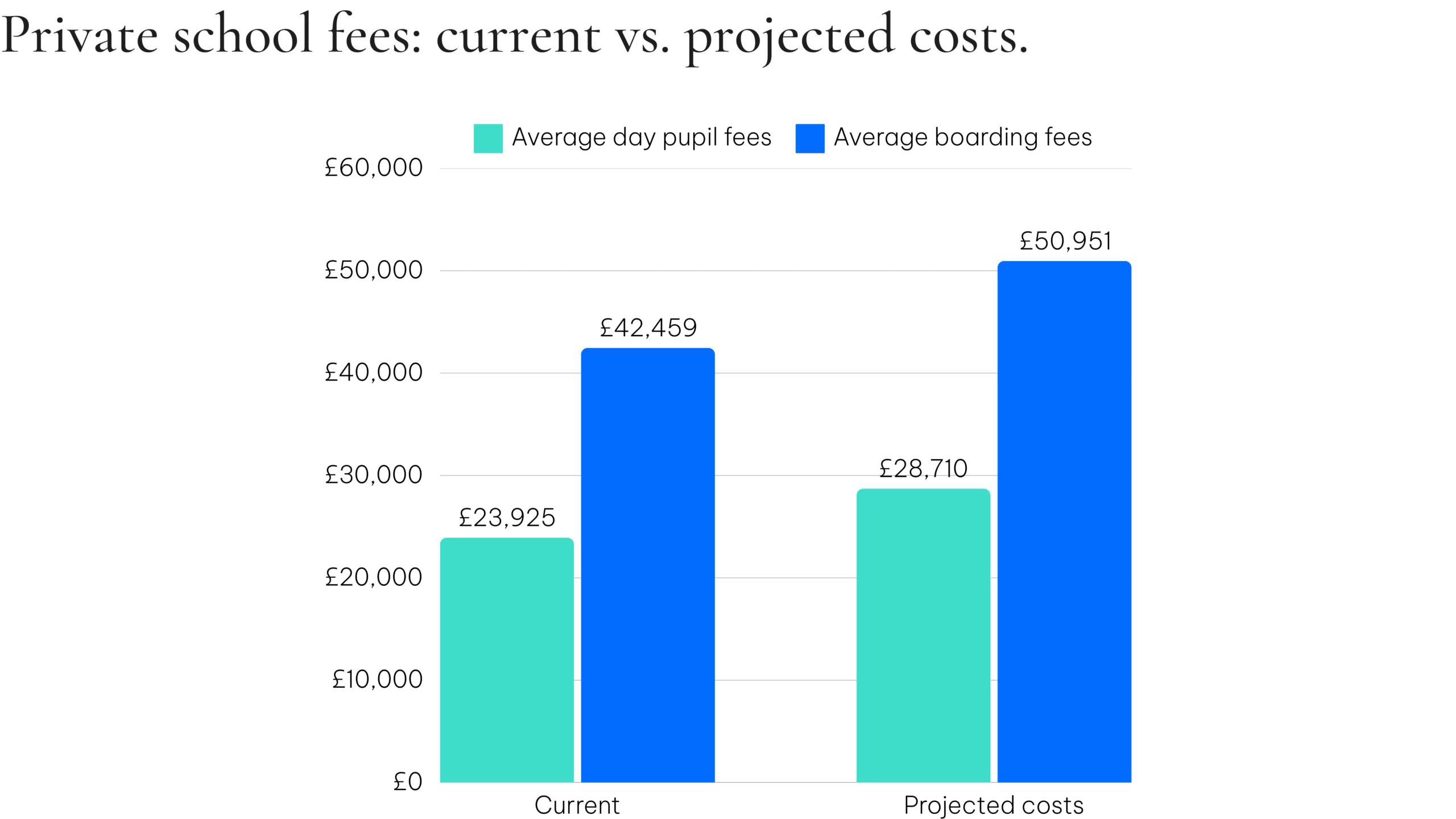Understanding the upcoming reforms to remuneration in private equity
The UK government has announced major reforms to the tax treatment of Carried Interest, set to take effect over the coming years. These changes will affect private equity executives, fund managers, and other stakeholders in the UK’s asset management sector.
This guide outlines the key elements of the reforms and how you can prepare.
The levels and bases of taxation can change at any time. The value of any tax relief depends on individual circumstances.
Take Your Autumn Statement Impact Assessment
Start NowOverview of proposed reforms
Increased tax rate
Starting from 6 April 2025, the Capital Gains Tax rate on Carried Interest will increase, from 18% for basic rate taxpayes, and 28% for higher/ additional rate taxpayers, to a single unified rate of 32%.
Further Reforms
The government intends to revise the taxation of Carried Interest, following an extended consultation period with industry stakeholders. This change aims to align tax treatment with the economic nature of carried interest, while simplifying the legislative framework.
Executives have the opportunity to provide input on these changes until 31 January 2025, either through written feedback or by requesting a meeting with HM Treasury.
Explore your options with an expert in financial planning for private equity executives.
Secure Your AppraisalKey insights from industry feedback
HM Treasury’s Call for Evidence revealed a focus on maintaining the UK’s competitive position in asset management. Respondents to the Call for Evidence proposed several recommendations:
- Minimum Co-Investment Requirements: A proposal to require fund managers to have a minimum investment in the funds they manage.
- Long-Term Investment Incentives: Suggested adjustments to the Income Based Carried Interest (IBCI) rules to encourage long-term commitments.
- Mandatory Holding Periods: Introducing a minimum holding period before carried interest payouts are permitted.
- Simplified Taxation Structure: The adoption of a flat tax rate, rather than a blended rate that includes income and dividends.
- Favourable Treatment for VC and Emerging Private Equity Funds: Adjustments to support venture capital and growth-stage businesses.
Respondents also highlighted concerns:
- Employment Income Classification: Concerns about the complexities of treating all carried interest as employment income.
- Individual Co-Investment Assessments: Avoiding requirements for co-investment at an individual level, which could create administrative burdens.
- Transitional Considerations: Ensuring changes do not disrupt existing fund structures and are implemented with sufficient transitional provisions.
Government’s proposed framework for reform
The government intends to implement a new tax structure for carried interest within the Income Tax framework from April 2026, incorporating elements of the existing regime while introducing clearer, more stable guidelines.
- Classification as Trading Profits: All carried interest will be treated as trading profits, subject to income tax and Class 4 NICs.
- Effective Tax Rate of 34.08% for Additional Rate Taxpayers: For those in the highest income bracket, carried interest will be taxed at an effective rate of 34.08%.
- Removal of Certain Exclusions: The current exclusion for employment-related securities from the IBCI rules will be eliminated.
- IBCI Rule Enhancements: Specific amendments to the IBCI rules are planned, particularly to address the needs of private credit funds.
International and territorial considerations
For non-UK residents, the tax on carried interest will only apply to services performed in the UK, consistent with the existing Disguised Investment Management Fee (DIMF) rules and subject to double tax agreements.
Interaction with the new 4-Year Foreign Income and Gains (FIG) Regime
From April 2025, the new FIG regime will replace the remittance basis of taxation. Qualifying carried interest from non-UK services may be eligible for FIG relief, whereas non-qualifying interest under IBCI rules will largely remain unchanged.
Transitional provisions
The government does not currently plan to introduce transitional provisions, viewing the reforms as predictable under existing legislative guidelines. However, stakeholders are encouraged to submit any specific scenarios that may merit consideration before the final legislation is enacted.
Still have questions?
Private equity executives should assess their fund structures, co-investment strategies, and tax planning in light of these reforms. Participating in the consultation process may also help influence final policy details. Preparing for these changes now will help minimise potential impacts when the reforms take effect.
We encourage you to speak with an Apollo Private Wealth Adviser who is expert in financial planning for private equity professionals.
The value of an investment with St. James’s Place will be directly linked to the performance of the funds selected and may fall as well as rise. You may get back less than the amount invested.
The levels and bases of taxation, and reliefs from taxation, can change at any time and are generally dependent on individual circumstances.




























